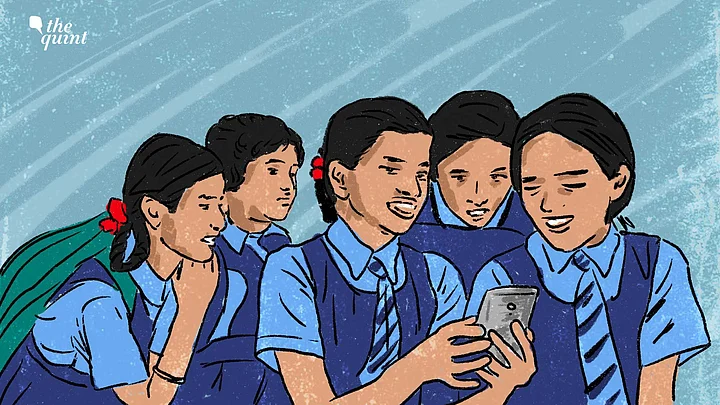If you ask a teenager from rural India aged between 14 and 18 years to solve a simple three-digit division problem usually taught in Class 3-4, or ask them to determine the time using basic calculations— at least half of them (52.7 percent) will struggle.
If you ask the same set to read a second-grade level text fluently in their regional language—one in four persons (25 percent) will not be able to do so.
These are some of the key findings of the 2023 Annual Status of Education Report (ASER) titled ‘Beyond Basics’, that assesses learning outcomes across rural districts in India, released on Wednesday, 17 January.
While there is a significant improvement in the enrollment of rural youth in educational institutes at 86.8 percent, most of them continue to struggle with basic arithmetic and reading skills well into their teenage years, the report stated.
The ASER survey, conducted by a civil society organisation called Pratham Foundation, was carried out among 34,745 respondents (aged 14-18) in 28 rural districts in 26 states, including two districts each in Uttar Pradesh and Madhya Pradesh.
The Quint breaks down the major findings of this report which discusses the activities students are engaged in, their basic and applied reading and math abilities and digital awareness and skills.
Boys Perform Better Than Girls in Basic Math Skills
According to ASER, only 43.3 percent of rural youth are able to solve a simple 3-digit by 1-digit division problem.
The report stated that those who have basic proficiency in arithmetic are likely to do better on everyday calculations (calculating time, measuring length and applying unitary method).
In most tasks with respect to basic calculations, boys performed better than girls. For example, 45 percent boys in the 14-18 age group could do at least division as compared to only 41.8 percent girls.
While 50.5 percent boys where able to calculate time, only 41.1 percent girls could do so.
Less Than Half Cannot Read Sentences in English
As per the report, a little less than half cannot read sentences in English (42.7 percent).
Of those who can read sentences (53.7 percent), almost three quarters can tell their meanings (73.5 percent). Of this, 58.5 percent boys were able to read sentences in English, as compared to 56.3 percent girls.
On the foundational skills, the report states that about 25 percent of this age group still cannot read a Class II-level text fluently in their regional language.
In gender-wise comparison, female students (76 percent) do better than male students (70.9 percent) in reading grade second level text in their regional language, male students do better than their female counterparts in arithmetic and reading English text.
Most Youth Have Access To Smartphone, But Little Knowledge About Online Safety
According to the report, 89 percent of all youth have a smartphone in their households and know how to use it.
Of those who could use a smartphone, males (43.7 per cent) are more than twice as likely to have their own smartphone than females (19.8 per cent), the report suggests.
The ASER report also states that almost all youth (90.5 percent) report having used social media.
But, nearly half of them had no knowledge about safety features such as blocking or reporting a profile, making a profile private and changing passwords.
Only 52 percent can report/block a profile; 48 percent know how to make a profile private while 52 percent know how to change a password, the report showed.
The gender gap is noticeable in activities like online shopping and using location or maps.
More than half of the males — 59.9 percent — were able to use maps to figure out how long it would take to reach a particular destination and only 28.7 percent of girls and young women could do so.
More Girls Aspire to Study Post Class 12
In the ASER 2023 survey findings, over 60 percent aspire to continue studying to undergraduate level or higher.
Out of this, a larger proportion of boys than girls were reported not wanting to study after class 12.
The report showed that girls discussed wanting to study at least to undergraduate level, while boys talked about the likelihood of discontinuing their education after completing their schooling.
"Among girls, shifting social norms with regard to the appropriate age of marriage emerged as a key driver of young women’s ability to study further," the report said.
